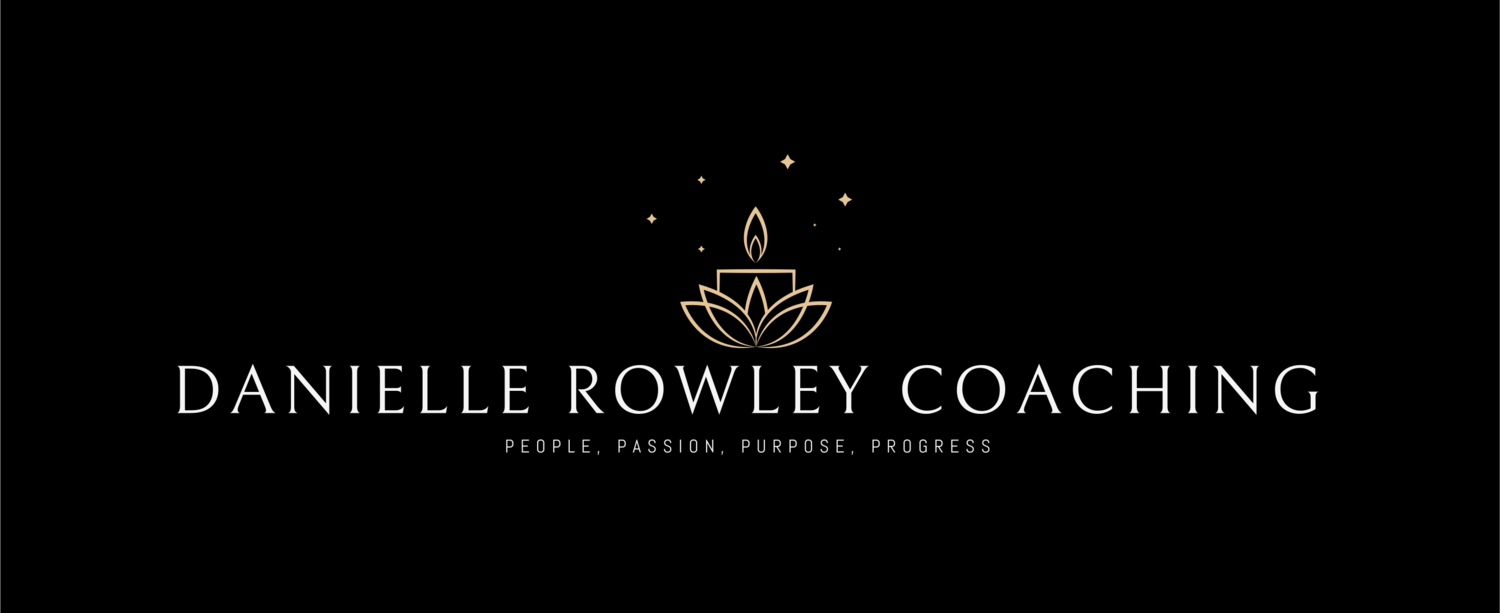The Importance of Communicating as a Leader During Change .
The Importance of Communicating as a Leader During Change
Effective communication is crucial for leaders, especially during times of change. It not only ensures that the vision and goals of the change are clearly understood but also helps maintain trust and morale among team members. Below are critical aspects of communication that leaders should focus on:
1. Giving Autonomy
During change, providing team members with a sense of autonomy is essential. Autonomy empowers individuals to take ownership of their roles and decisions, which can lead to higher engagement and creativity. When employees feel they have control over their work, they are more likely to embrace change and contribute positively. Leaders can foster autonomy by:
• Encouraging self-direction and initiative.
• Allowing team members to make decisions related to their tasks.
• Providing opportunities for employees to influence the change process.
2. Verbal and Non-Verbal Communication Skills
Communication during change isn’t just about what and how it is said. Both verbal and non-verbal communication play significant roles:
• Verbal Communication: Clear, concise, and consistent messages are vital. Leaders should articulate the reasons for the change, expected outcomes, and the benefits. Regular updates and open forums for questions can help address concerns and reduce uncertainty.
• Non-Verbal Communication: Body language, facial expressions, and tone of voice can convey confidence and empathy. Leaders should be mindful of their non-verbal cues, as these can reinforce the verbal message or, if inconsistent, create doubt and anxiety.
3. Emphasizing Intrinsic Motivation
Intrinsic motivation is powerful during change when individuals are driven by internal rewards such as personal growth, fulfilment, and a sense of purpose. Leaders can boost inherent motivation by:
• Connecting the change to the organisation’s core values and mission.
• Recognizing and celebrating small wins and progress.
• Providing opportunities for personal and professional development.
• Ensuring that the change aligns with employees’ personal goals and values.I
4. Setting and Communicating Boundaries
Clear boundaries provide structure and clarity, which is crucial during change when uncertainty can be high. Setting and communicating boundaries involves:
• Defining Expectations: Clearly articulate what is expected from each team member, including roles, responsibilities, and deadlines.
• Providing Guidelines: Offer clear guidelines on performing tasks, including acceptable behaviours and practices.
• Maintaining Balance: Ensure that boundaries help balance work demands and personal life, preventing burnout and stress.
Effective boundaries help manage workload, reduce conflicts, and ensure everyone is on the same page, thus facilitating a smoother transition.
5. Broaden and Build Theory
The Broaden and Build Theory, developed by Barbara Fredrickson, suggests that positive emotions broaden an individual’s attention and thinking, building personal resources. During change, fostering positive emotions can:
• Enhance creativity and problem-solving abilities.
• Strengthen social bonds and teamwork.
• Build resilience to cope with challenges.
Leaders can apply this theory by creating a positive work environment, encouraging optimism, and acknowledging employees’ efforts and achievements.
6. Deci and Ryan’s Self-Determination Theory of Motivation
Deci and Ryan’s Self-Determination Theory (SDT) focuses on three basic psychological needs: autonomy, competence, and relatedness. Addressing these needs can enhance motivation and engagement during change:
• Autonomy: As mentioned, giving employees control and choice in their work.
• Competence: Providing training, resources, and feedback to help employees feel capable and effective.
• Relatedness: Fostering a sense of community and connection among team members.
By meeting these needs, leaders can create a supportive environment that facilitates a smoother transition and greater acceptance of change.
In summary, effective communication during change involves giving autonomy, leveraging verbal and non-verbal skills, setting and communicating boundaries, and emphasising intrinsic motivation. Integrating theories like Broaden and Build and Self-Determination can further enhance a leader’s ability to successfully guide their team through change. Leaders who communicate effectively can inspire confidence, foster resilience, and drive a collective commitment to the new direction.

